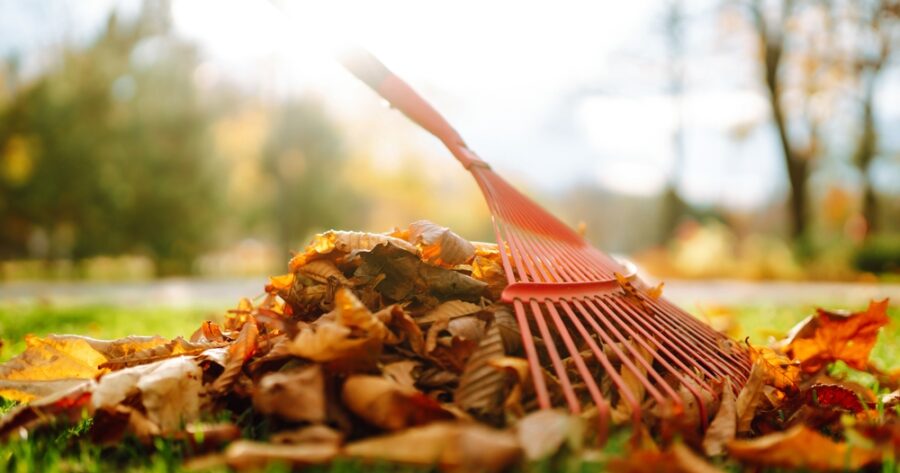As the weather cools, preparing your garden for fall can keep it healthy through the winter. Fall gardening focuses on cleanup, protecting plants, and setting up for spring. By following a few essential steps, you can make sure your garden stays in top shape all year. Here’s how to keep your plants healthy and your garden ready for the colder months.
Clean Up and Prune Dead Plants
Cleaning up your garden is the first step for fall gardening. Begin by removing any dead plants, weeds, and fallen leaves. These items can host pests or diseases, so getting rid of them reduces the risk of problems next season. Dead or dying plants can also take up space, making it harder for healthy plants to thrive.
Pruning is another key task. Trim back perennials and remove any dead or damaged branches from trees and shrubs. This not only keeps your garden looking neat but also helps plants stay healthy. Be careful with flowering shrubs, though—some bloom on old wood and should be pruned after they flower in spring.
Protect Vulnerable Plants from Frost
Some plants are sensitive to cold temperatures and need extra protection as fall temperatures drop. Covering vulnerable plants with burlap, frost blankets, or even old sheets can help them withstand early frost. Mulching is also effective; it provides a layer of insulation around the roots, keeping the soil warmer for longer. Use a thick layer of mulch around the base of sensitive plants, and add more if winter is expected to be harsh.
You can also consider moving smaller potted plants indoors or into a sheltered area. This step will give them better protection from freezing temperatures. Placing them near windows can allow them to get sunlight while staying warm indoors.
Plant Spring Bulbs and Fall Flowers
Fall is the perfect time to plant bulbs that will bloom in the spring. Tulips, daffodils, and crocuses are popular choices for spring blooms, and planting them now allows them to take root before winter. Dig holes about two to three times as deep as the bulb’s height, then place the bulbs with the pointed side facing up. Cover them with soil and water well.
If you want color in your garden through the fall, consider planting hardy flowers like pansies, mums, or ornamental kale. These plants can handle cooler temperatures and add vibrancy to your garden during autumn. They’re also great for filling in empty spaces left after summer flowers die back.
Prepare Your Soil for Next Year
Healthy soil is essential for a thriving garden, and fall gardening offers a chance to enrich it for spring. Start by clearing out debris and adding a layer of compost or organic matter to your soil. This layer will break down over the winter, providing nutrients for new plants in spring. Compost is full of beneficial microorganisms that improve soil structure and help plants grow stronger.
If your soil tends to be acidic, consider adding lime to balance the pH level. Testing your soil’s pH will help you understand what it needs for optimal health. After adding compost or lime, mix it gently into the soil with a rake to ensure even distribution. You can also plant cover crops, like clover or rye, to protect and enrich the soil over the winter.
Clean and Store Gardening Tools
As gardening slows down in the fall, it’s a good time to care for your tools. Properly maintaining your equipment will help it last longer and work better when spring arrives. Start by cleaning off any dirt or plant material on your tools. For rust-prone tools, scrub them with a wire brush or steel wool, then wipe them dry.
Once they’re clean, sharpen any cutting tools, like pruners or shears, to keep them effective. Finally, store your tools in a dry, sheltered place to prevent rust. If you want extra protection, coat metal parts with a light layer of oil to keep them in great shape.
Set Up for a Great Garden Year Ahead
Fall gardening is an opportunity to prepare your garden for the colder months while setting it up for success in spring. By cleaning up, protecting vulnerable plants, planting spring bulbs, enriching the soil, and maintaining your tools, you can keep your garden healthy and ready for the next growing season.
Taking these steps now ensures that your garden will be beautiful and productive when warmer weather returns. You’ll thank yourself come springtime!
